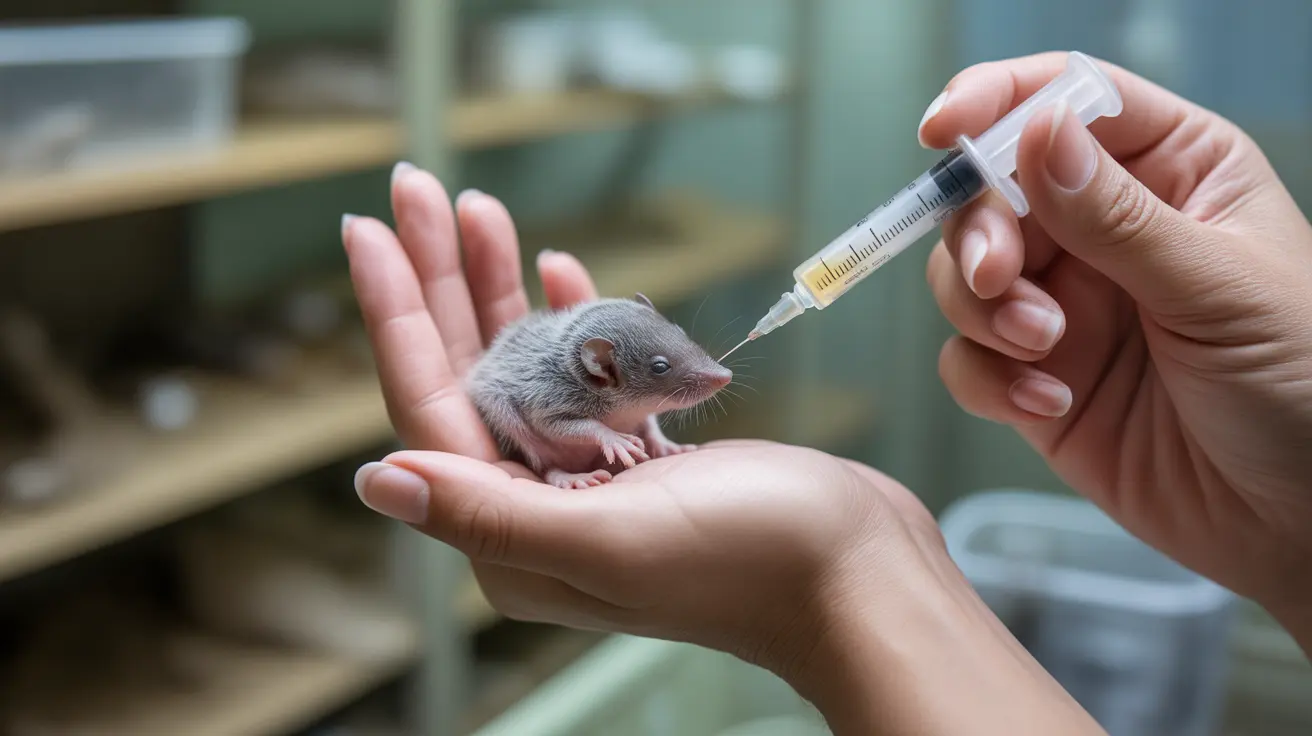Understanding the Rarity of the Sealyham Terrier
The Sealyham Terrier is a small but sturdy dog breed with a rich history rooted in 19th-century Wales. Developed by Captain John Edwardes at Sealyham House in Pembrokeshire, the breed was originally designed for hunting vermin such as badgers, foxes, and otters. Characterized by its distinctive white wiry coat, loyal temperament, and compact size, the Sealyham Terrier saw early success both in working fields and show rings.
Why Is the Sealyham Terrier Considered Rare?
Despite its elite beginnings and popularity in the early to mid-20th century, the Sealyham Terrier’s numbers have significantly declined. Today, the breed is listed as a vulnerable native breed by The Kennel Club. Multiple factors contribute to this rarity:
- Breeding Challenges: With unclear breeding records, it’s challenging to maintain genetic diversity without introducing health concerns.
- Limited Public Awareness: Unlike more well-known breeds, the Sealyham is not widely recognized by the general public, reducing demand.
- High Grooming Needs: The breed's wiry double coat requires consistent professional grooming, which can deter some prospective owners.
- Small Breeding Population: A limited number of breeders are committed to preserving the breed, often focusing on health and temperament over quantity.
The Sealyham’s Rise and Decline
After its first appearance in a dog show in 1903 and official Kennel Club recognition in 1911, the Sealyham gained popularity among British royalty, celebrities, and filmmakers. However, the rise of trendier breeds and urban living made smaller, low-maintenance dogs more favorable, sidelining the Sealyham’s popularity. Today, it is primarily kept by breed enthusiasts and specialized breeders.
Breed Characteristics
- Size: Males typically weigh 9 kg (20 lbs), and females around 8 kg (18 lbs).
- Height: Roughly 30–31 cm (10.5–12 inches).
- Coat: Dense and wiry, predominantly white with potential color markings.
- Temperament: Lively, self-assured, and often described as humorous and affectionate.
Suitability and Training
Sealyham Terriers are ideal for experienced dog owners who can provide regular training, grooming, and socialization. They excel with positive reinforcement training techniques and require consistent boundaries. Their independent nature and hunting instincts necessitate early socialization with other pets and people to ensure a well-rounded temperament.
Exercise and Lifestyle
The breed has moderate activity needs and thrives on daily walks and mental stimulation. An hour of exercise per day is usually adequate for an adult Sealyham. Because they adapt well to various living environments, they’re equally at home in city apartments or country houses.
Grooming Requirements
- Brush every 2–3 days
- Professional grooming or hand-stripping recommended
- Clean facial furnishings frequently
- Check and clean ears regularly
- Trim nails and brush teeth daily
Health Considerations
The Sealyham Terrier is generally healthy, with an average life expectancy of 12–14 years. However, prospective owners should be aware of genetic conditions and maintain routine veterinary care. Notable health concerns include:
- Primary lens luxation (PLL)
- Progressive retinal atrophy (PRA)
- Cataracts and glaucoma
- Deafness
- Atopic dermatitis
- Intervertebral disc disease (IVDD)
- Luxating patella and hip dysplasia (rarer)
Feeding and Nutrition
A high-quality diet tailored to age, weight, and activity level is essential. Puppies need smaller, frequent meals, while adult dogs benefit from balanced nutrition and monitored calorie intake to prevent obesity and related complications.
Preserving a Precious Breed
Efforts to revitalize the Sealyham Terrier population include educational initiatives, responsible breeding programs, and participation in breed clubs. Potential owners can support preservation by choosing reputable breeders and advocating for the breed’s unique qualities.
In essence, the Sealyham Terrier is a rare, charming, and loyal companion that deserves greater public recognition. With proper care and commitment, this historic breed can continue to bring joy to dedicated pet lovers around the world.





